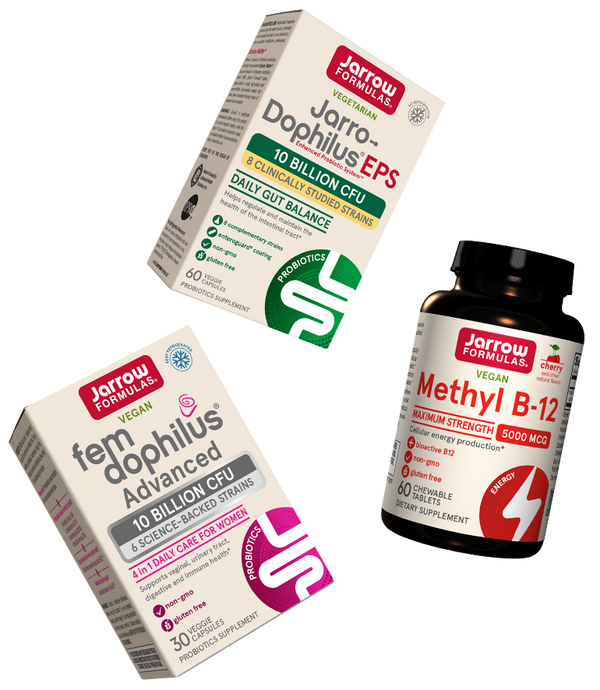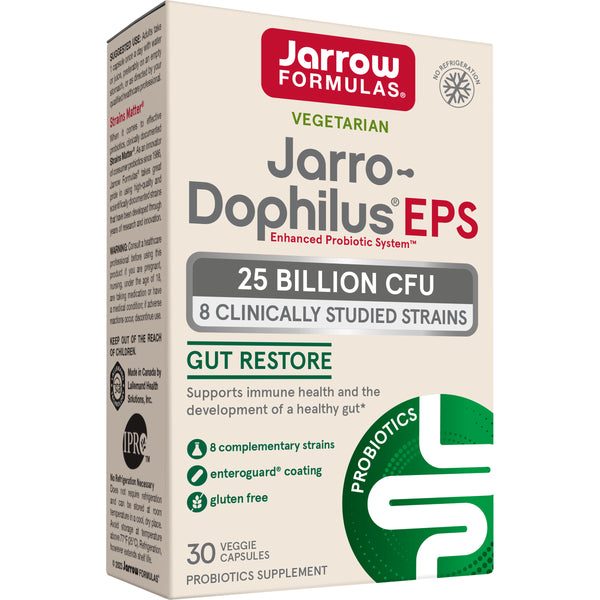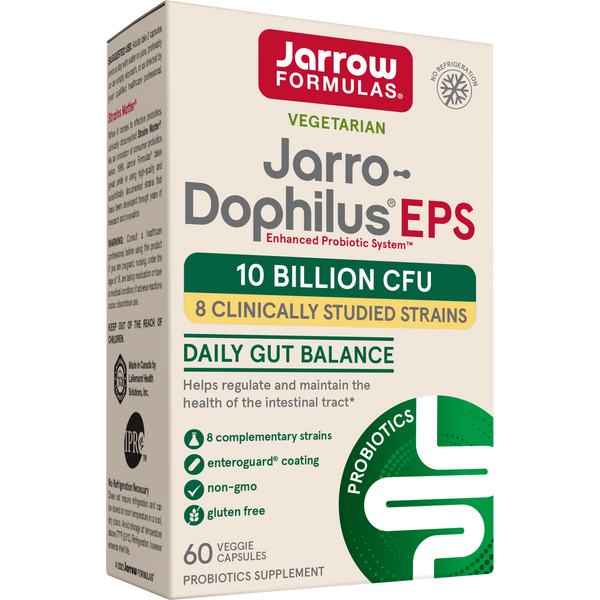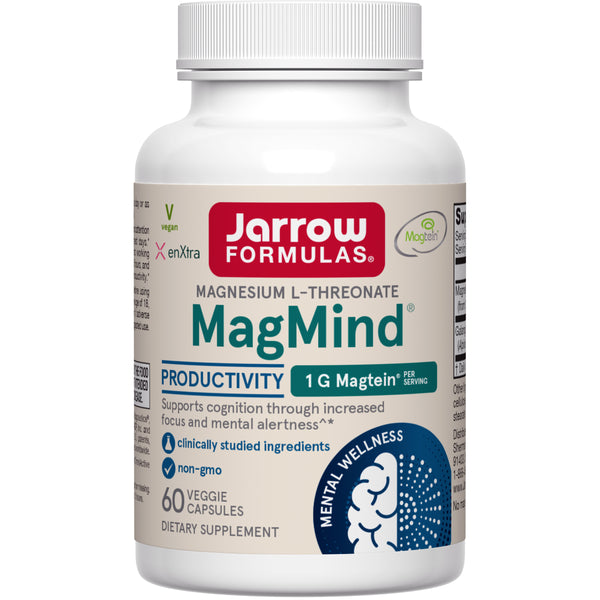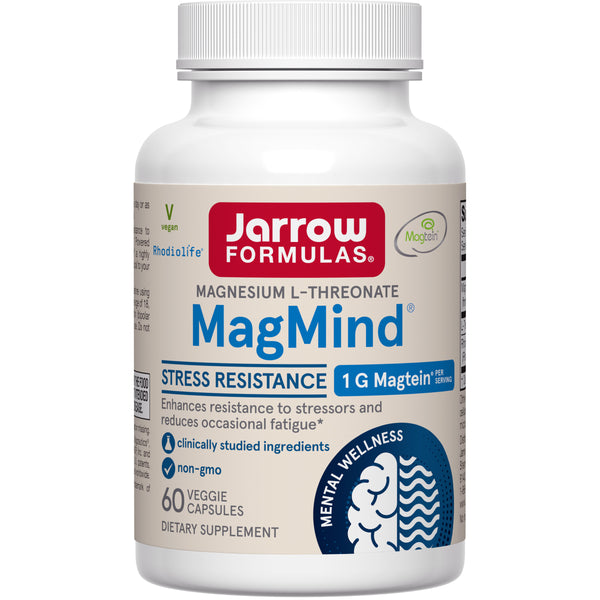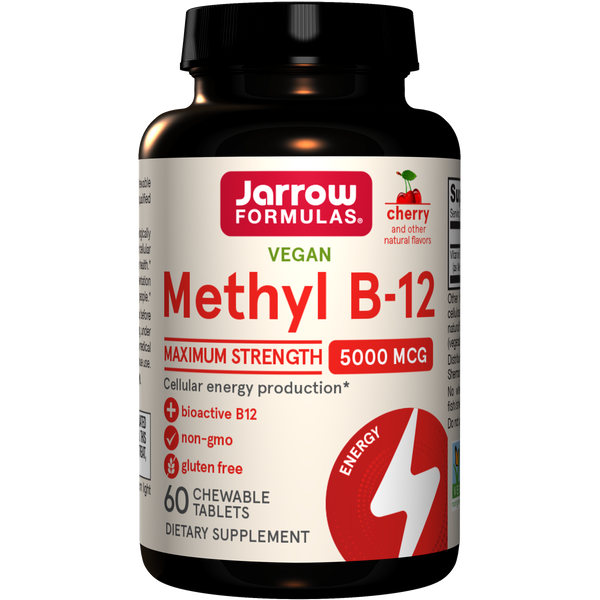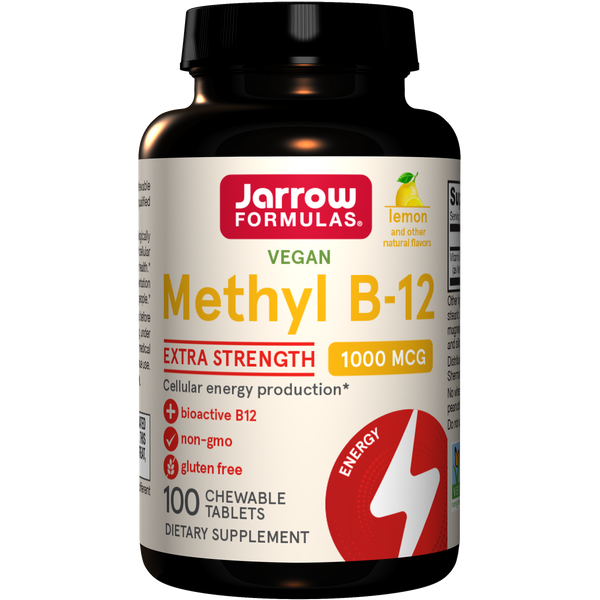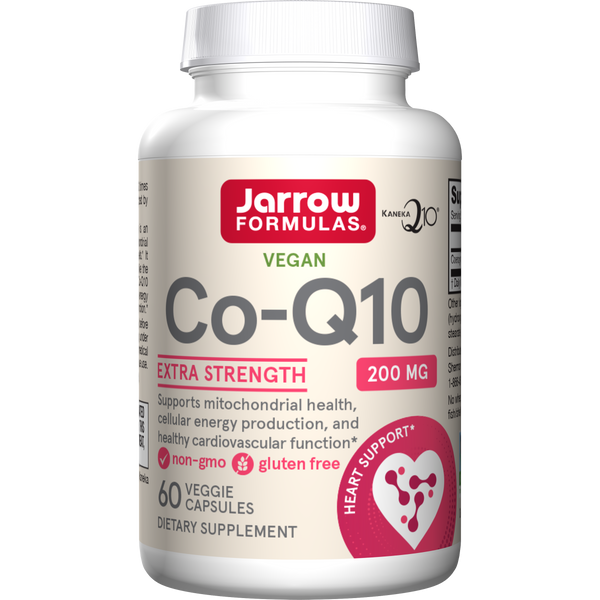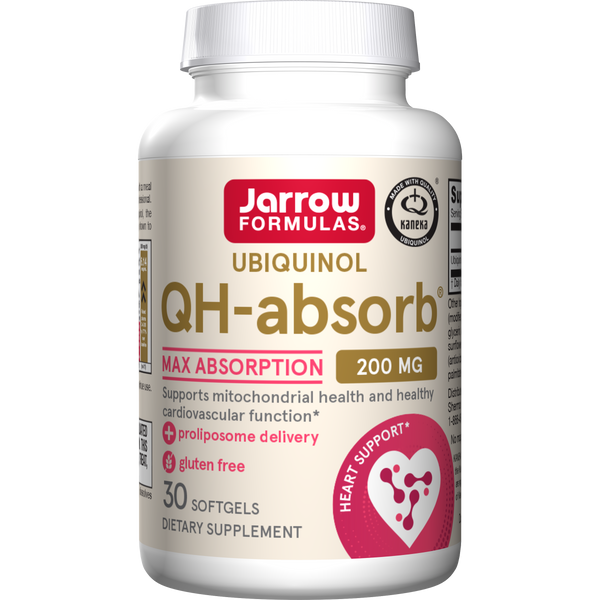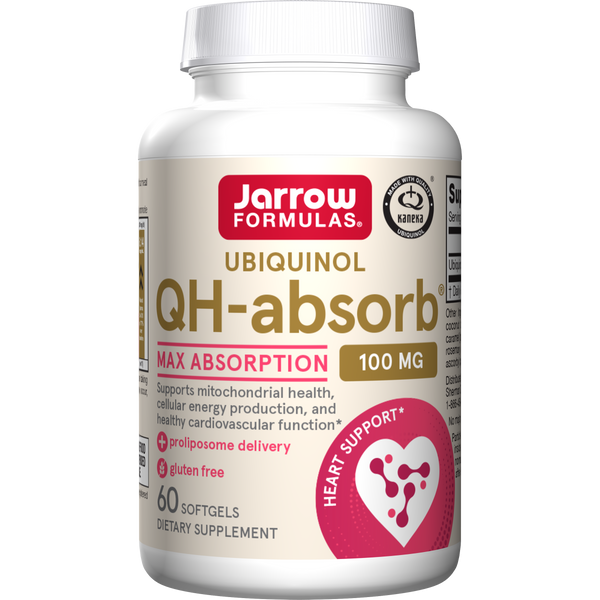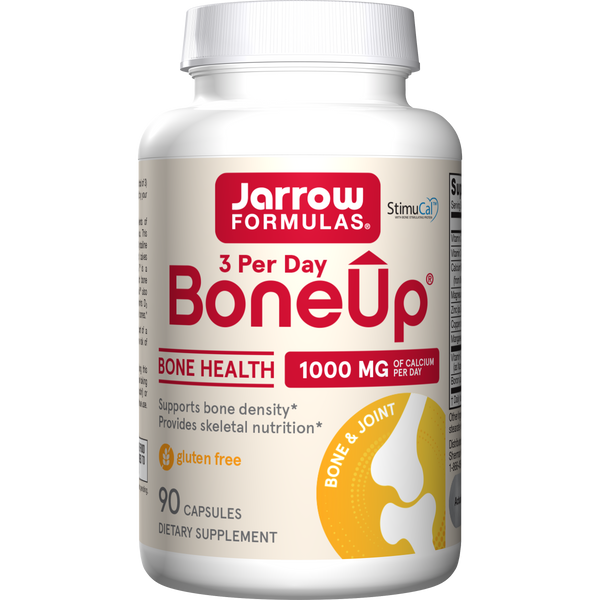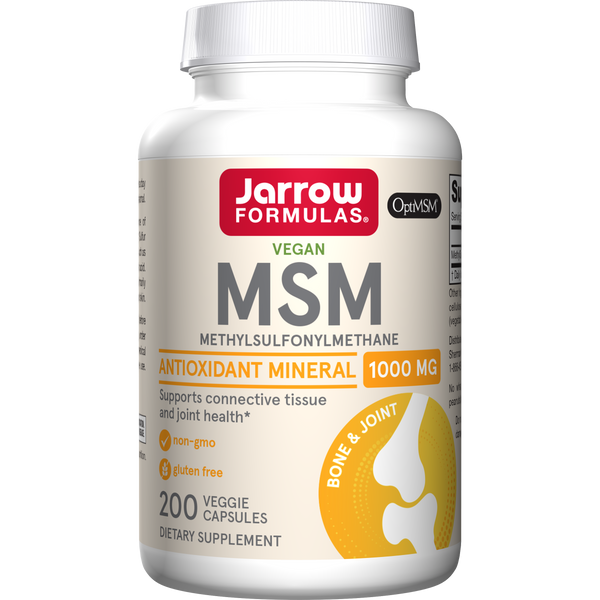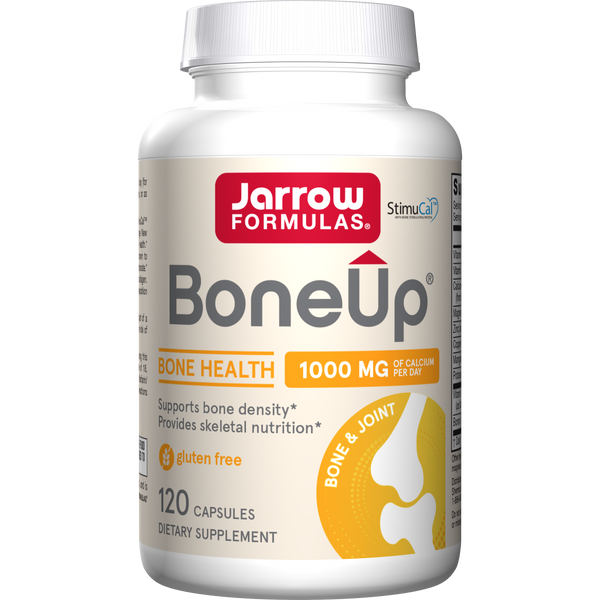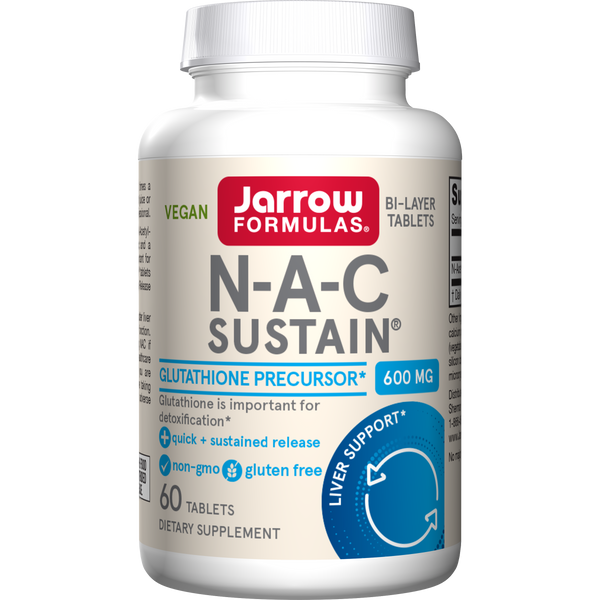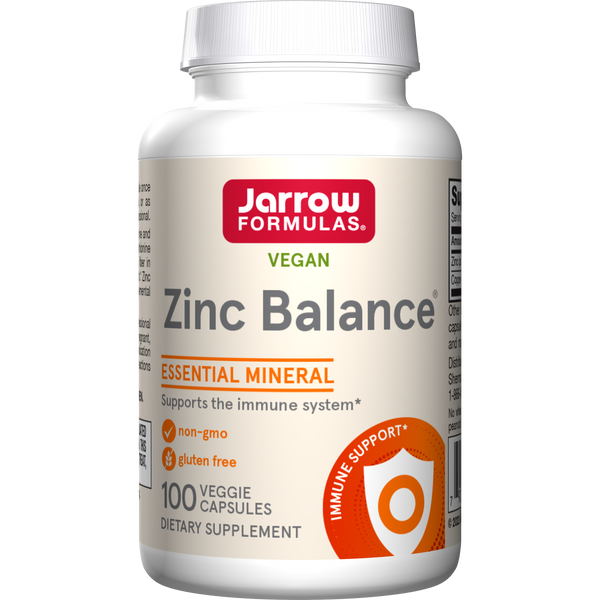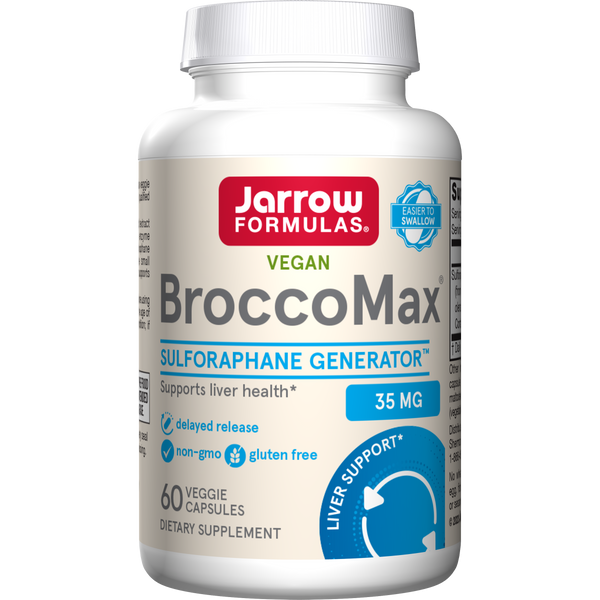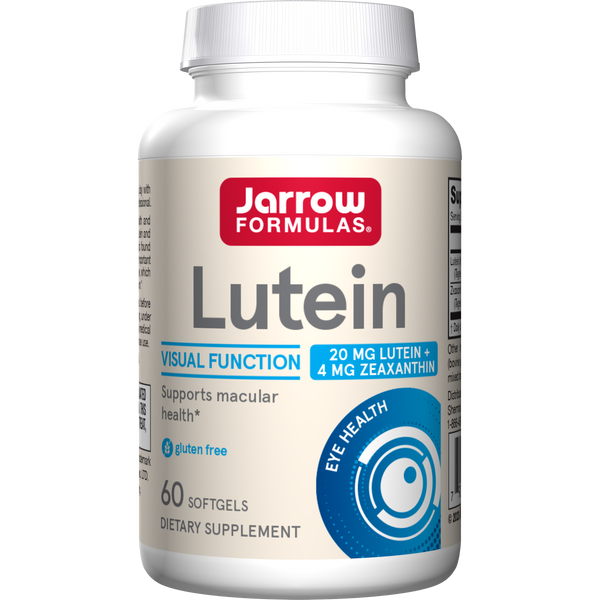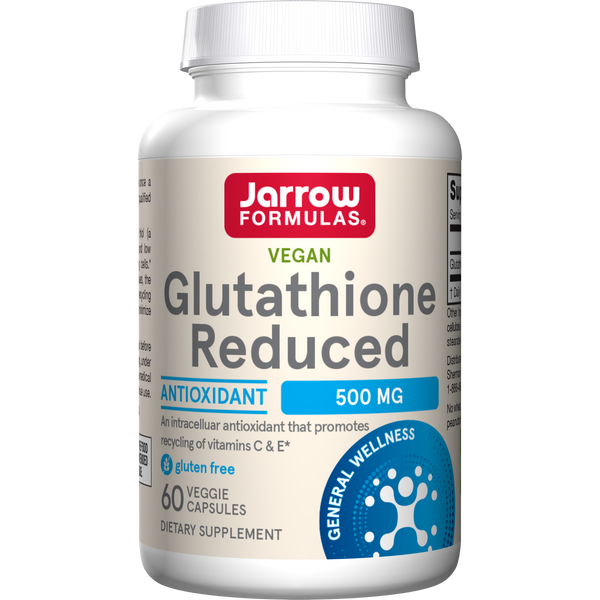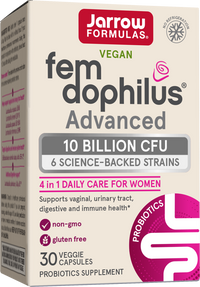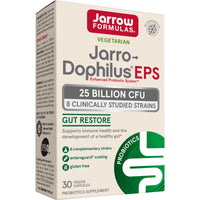S-Adenosyl Methionine (SAMe) Reference Guide
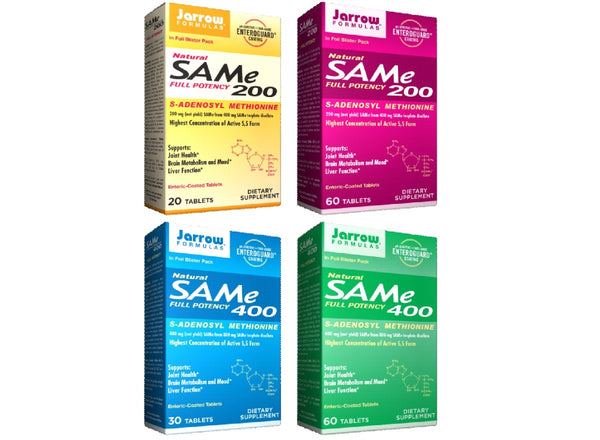
S-Adenosyl Methionine (SAMe) Reference Guide
What Is S-Adenosyl Methionine (SAMe)?
SAMe (S-Adenosyl Methionine) is an amino acid derivative that has been clinically documented to benefit brain and joint function.* Found in all living cells, SAMe is also called “activated methionine” since it is formed by reacting ATP and methionine (an essential amino acid). Supplementation with methionine alone does not result in SAMe elevation, and, in fact, may cause elevation of homocysteine, an oxidizing metabolite.*Biological Impact of SAMe
SAMe has undergone dozens of clinical trials involving thousands of patients. Researchers studying the beneficial effects of SAMe have identified the following structure and function benefits of SAMe:
Joint Strength
SAMe supports the production of healthy connective tissue through a process known as transulfuration.* In this process, critical components of connective tissue known as glycosaminoglycans (GAGs), including glucosamine and chond-roitin, are sulfated by SAMe metabolites to yield sulfated GAGs, such as glucosamine sulfate and chondroitin sulfate.* SAMe also increases the production of methyl-thio adenosine, which may partially account for the joint benefits of SAMe.* The metabolism of SAMe also results in the production of L-cysteine, an important amino acid used by the body to construct a family of sulfur-containing compounds of critical importance, including glutathione.* Some of these compounds are the building blocks needed for the synthesis of cartilage, ligaments, tendons, and the bone matrix.*
Liver Function
SAMe metabolism supports the synthesis of glutathione (GSH) and glutathione-dependent enzymes (glutathione peroxi-dase, glutathione reductase and glutathione-S-transferase), which comprise a complex antioxidant system important for liver function, including Phase II detoxification.* Glutathione is necessary for the scavenging of free radicals produced during the metabolism of macronutrients (i.e., carbohydrates, fats and proteins) for energy.* The amino acid taurine is another metabolite of SAMe metabolism.* Taurine plays an important role in fat digestion via its role in bile acid conjugation, which takes place in the liver.*
Brain Function
Methylation and Brain Metabolism
SAMe supports brain function by its methylation effects.* Methylation is the process by which a four atom appendage (unit of one carbon and three hydrogen atoms) is transferred from one molecule to another. Of all methyl-donating substances known in mammalian metabolism, SAMe is the most important.* The donation of methyl groups affects the proper function of many metabolic processes, including brain function, energy production and DNA metabolism.* Neurotransmitters, compounds involved in the brain’s cell-to-cell communication, are the products of methylation reactions.* These compounds include L-DOPA, dopamine and related hormones, epinephrine, and phosphatidyl-choline (a component of lecithin).*
Energy Production
Methylation from SAMe is critical for proper energy production, because it is needed for the production of creatine.* Creatine, in the form of creatine phosphate, is important for the recycling of ADP back into ATP.* Creatine maximizes physical performance, reduces exercise fatigue and improves recovery after exercise.*
Instructions For Use
Take 200 mg to 400 mg of Jarrow Formulas S-Adenosyl Methionine per day on an empty stomach or as directed by your qualified healthcare professional. For optimal joint health, best results occur when SAMe supplementation is combined with Jarrow Formulas® JarroSil®, the biologically Activated Silicon®.
WARNING: Individuals using prescribed medications such as antidepressants, including Selective Serotonin Re-Uptake Inhibitors (SSRIs) and MAO Inhibitors should consult a physician before using this product. Individuals with Parkinson’s disease, bi-polar disorder or manic depression should not use SAMe. Do not use if pregnant or nursing. Do not exceed recommended intake. May cause gastrointestinal upset in some persons. Consult a healthcare professional before using this product if you are trying to conceive, under the age of 18, or have a medical condition; if adverse reactions occur, discontinue use.
Stability
SAMe is a very fragile molecule. It degrades rapidly under conditions of high heat and/or humidity. Improper handling of SAMe during the manufacturing process can cause its degradation in a matter of hours, resulting in a lack of biological activity. Jarrow Formulas® SAMe is made via a natural biological fermentation process without the use of chemical solvents. To ensure product stability, the manufacturing process for Jarrow Formulas® SAMe is done under low temperature and low humidity. Moreover, to further enhance stability, the tablets are enteric coated and packaged in double-sided foil packaging.
Enteric Coating
Pharmacokinetic studies show that oral supplementation of SAMe is most effective when enteric-coated, using special gastric-resistant polymers. Enteric-coating SAMe results in maximum SAMe levels in the bloodstream.
This product is suitable for vegetarians/vegans.
References
Baidessarini, R., “Neuropharmacology of S-adenosyl-L-methionine,”
American Journal of Medicine 83, Suppl. 5A (1987) 95-103.
Bonanomi, L. and Gazzaniga, A., “Toxicological, Pharmacokinetic
and Metabolic Studies on Acetylcysteine,” Eur J Respir Dis 61(1980) 45-51.
Frankel, Paul and Madsen, Fred, Stop Homocysteine Through the
Methylation Process, Chapter XIV (Thousand Oaks, CA: The Research Corner, 1998).
McCully, Kilmer S., The Homocysteine Revolution. (New Canaan, CT: Keats Publishing, Inc., 1997).
Murray, R.K., et al., Harper’s Biochemistry, 24th edition. (Stamford, Conn.: Appleton & Lange, 1996) 325.
Padova, C. di, American Journal of Medicine 83, Suppl. SA (1987).
Strementinoli, “Pharmacologic Aspects of S-adenosyl-methionine: Pharmacokinetics and Pharmacodynamics,” American Journal of Medicine 83, Suppl. 5A (1987) 35-42.
